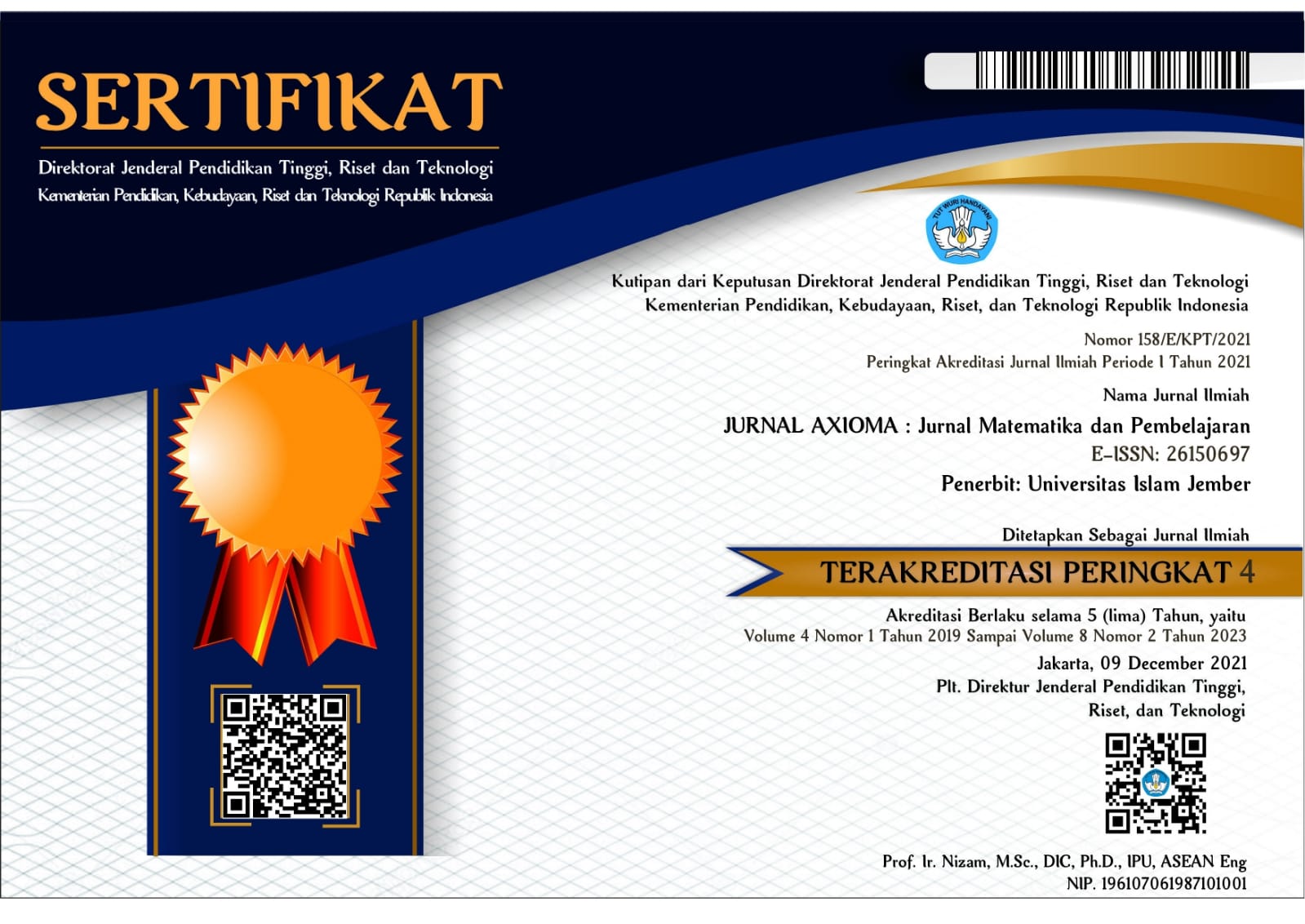
quickmenu
map
MAP
https://urbanleaguela.org/socialjustice/
https://adlersappetiteonline.com/
https://www.misfitsofalberta.com/shop
https://portalbalikpapan.com/disclaimer/
https://stikesbanyuwangi.ac.id/
https://dubaiastronomy.com/thomas/
https://revista.sbfoton.org.br/contato/
https://www.radiodalsan.com/puntland-24/
https://pppm.stikesbanyuwangi.ac.id/jurnal/
https://www.katebushnews.com/homeground/"
Link Toto Slot Gacor https://journal.uib.ac.id/pagedata/ https://rs-amino.jatengprov.go.id/wp-content/database/ https://rs-amino.jatengprov.go.id/agent/ https://rs-amino.jatengprov.go.id/sites/
Jurnal Axioma : Jurnal Matematika dan Pembelajaran is publishing by Prodi Pendidikan Matematika Universitas Islam Jember, East Java, Indonesia
Website : https://ejurnal.uij.ac.id/AXI
Email : axiomatikmatik@gmail.com
Jurnal Axioma is licensed under a Creative Commons Attribution 4.0 International License.
https://psb.stikesbanyuwangi.ac.id/about-us/

2.jpg)
.jpg)










